I asked so you don't have to - this is the secret number of colours to include in a kitchen design for a stylish scheme
What do you think is the sweet spot of shades in your cooking space?


I'll admit I'm a self-confessed colour-lover. You only have to walk into my living room with its bright blue built-in shelving, pink walls, green sofa and (the stars of the show) multi-coloured Pooky lampshades for proof. But this is a room for living, as well as lounging, playing, chilling, partying and more.
So when it comes to the next room on my decorating hit list, my kitchen- with it being a more practical space for cooking and dining, I find myself asking, how many colours should you include in a kitchen? Do I need to tone down my choices and opt for a more steam-lined look, or should I follow my heart and go all out?
I was keen to know what the experts had to say, so with kitchen colour schemes on my mind, I reached out to gain their advice and hopefully give me some direction.
How many colours should you include in a kitchen?

Our current kitchen features white walls, white-gloss cabinets, an aqua blue splashback and a grey worktop. It came with the house when we bought it 18 months ago and while it's not my style at all, it is perfectly useable so for now, we're all about budget kitchen ideas to give it a new look.
One such idea is to give the walls and cabinets a fresh lick of paint, which is what led me to wonder, how many colours should you include in a kitchen? With the blue splashback and grey worktop not changing for now, did that leave me with much choice? Should I add in a third (or even fourth) colour or stick to another shade of grey or blue?
Tash Bradley, director of interior design at Lick and author of Master the Art of Colour comments, 'When it comes to colour in the kitchen, there’s no one-size-fits-all, but I always say: let it reflect how you live in the space.'
'After thousands of consultations, one thing is clear - the kitchen is the emotional heart of the home, and it deserves personality, not perfection. It is the room I always go to first when entering a client's home, where they open up and feel the most relaxed,' she explains.
Sign up to our newsletter for style inspiration, real homes, project and garden advice and shopping know-how
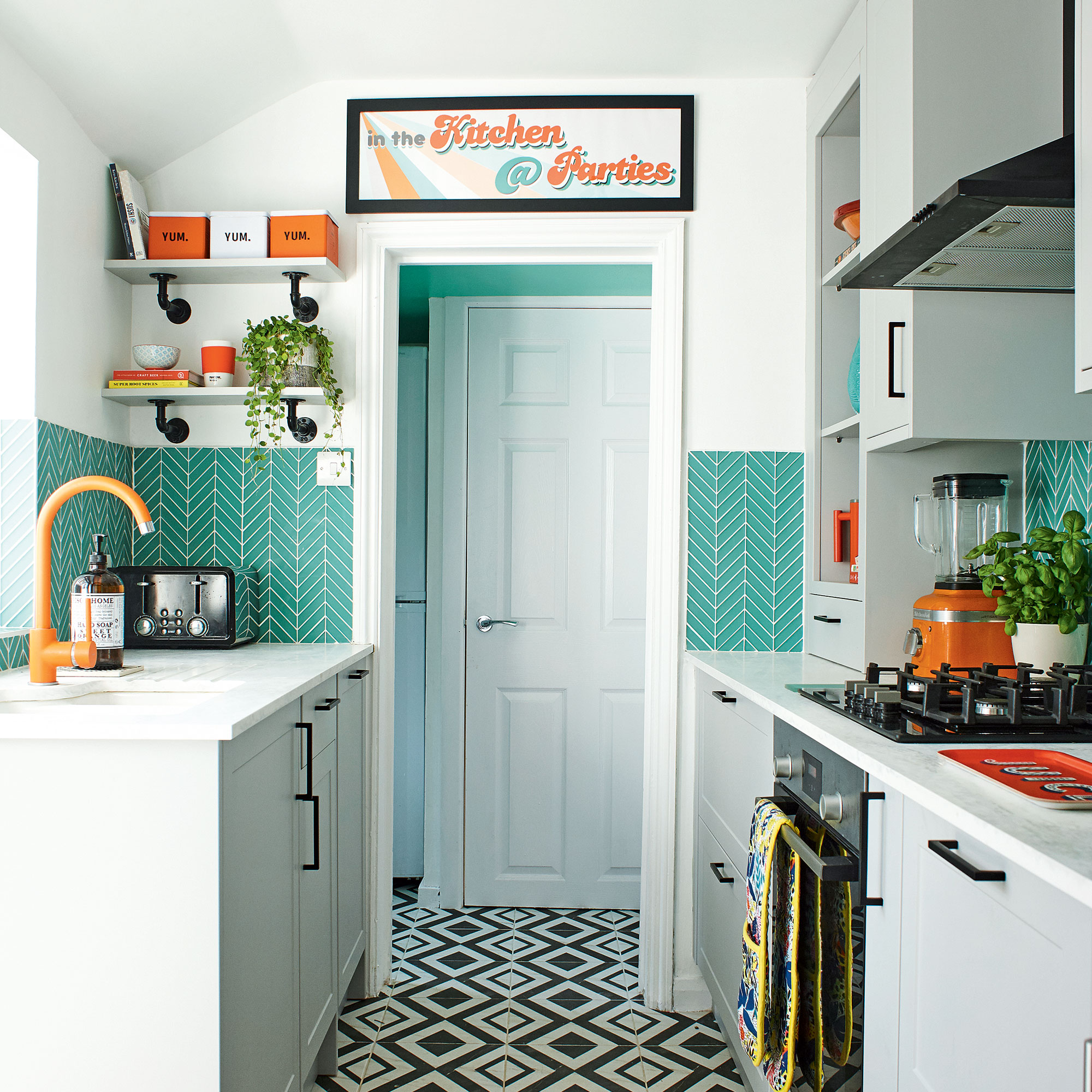
Katherine Mitchell, interior and display designer at Howdens understands the dilemma faced by many homeowners when it comes to giving their kitchen a refresh.
'The colours and finish choices for a kitchen interior are a major decision when considering a new look. Firstly it is worth breaking down the key large surface areas that affect the overall look, which are cabinets, worktops, flooring, walls and decoration.'
'When building a materials palette for a kitchen, there’s no strict rulebook – it ultimately comes down to personal style and what makes you feel at home. That said, a thoughtful approach to colour can make all the difference in creating a cohesive, inviting room and it's worth researching current kitchen trends.'
'So I'd say there is no hard and fast rule on the numbers of colours or finishes you can use, it is personal to every kitchen but just remember to consider them all together in the four key areas across your space.'
Tash and Katherine's comments fill me with reassurance for using colour in my own kitchen, but to really weigh up my options, I thought I'd look further into the benefits of using one, two, three or more colours in a kitchen, so read on to discover the results.
The benefits of one colour
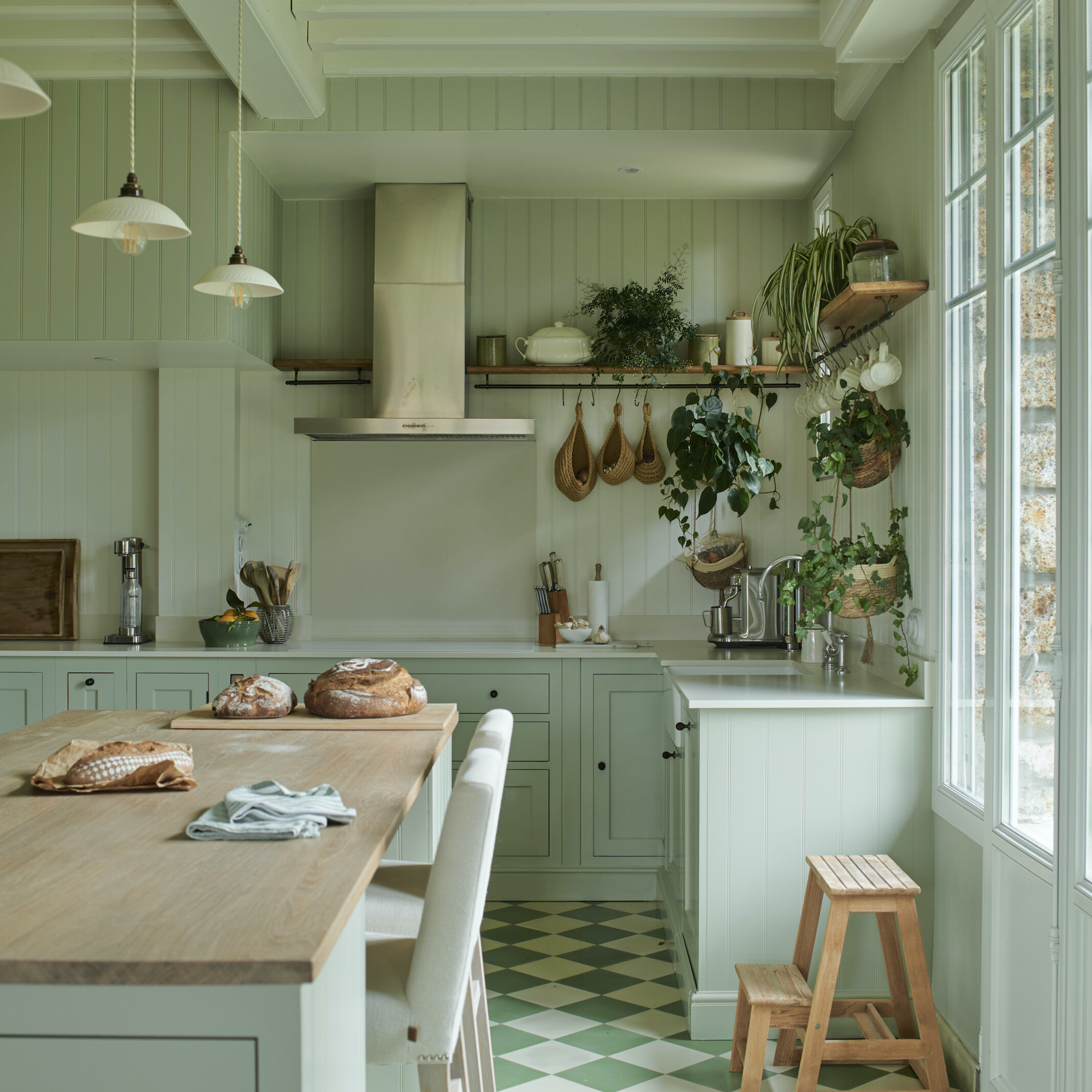
A buzz word in interiors for the last couple of years has been 'colour drenching' and this is definitely an option for your kitchen space. Using the same colour for the walls, cabinets, woodwork, even the worktop will create a cohesive space, but could it feel a little... boring?
Tash says, 'A single colour can work beautifully, especially when you want a calm, cohesive feel. Walls, cabinets, even ceilings in the same tone can create a cocooning, soulful atmosphere,' she explains.
Natasha Sabharwal, designer at the Kutchenhaus Croydon showroom agrees that a single colour can nicely envelop you in a kitchen.
'Single colour schemes, where the walls and cabinets match, can look super sleek, and work especially well in small kitchens which really benefit from a serene, connected feel.'
While I do love the idea of creating a calm and cosy kitchen, I think in my particular case, painting our whole kitchen grey to match the worktops might just be a bit dull and dreary, not the look and feel I'm going for.
The benefits of two colours
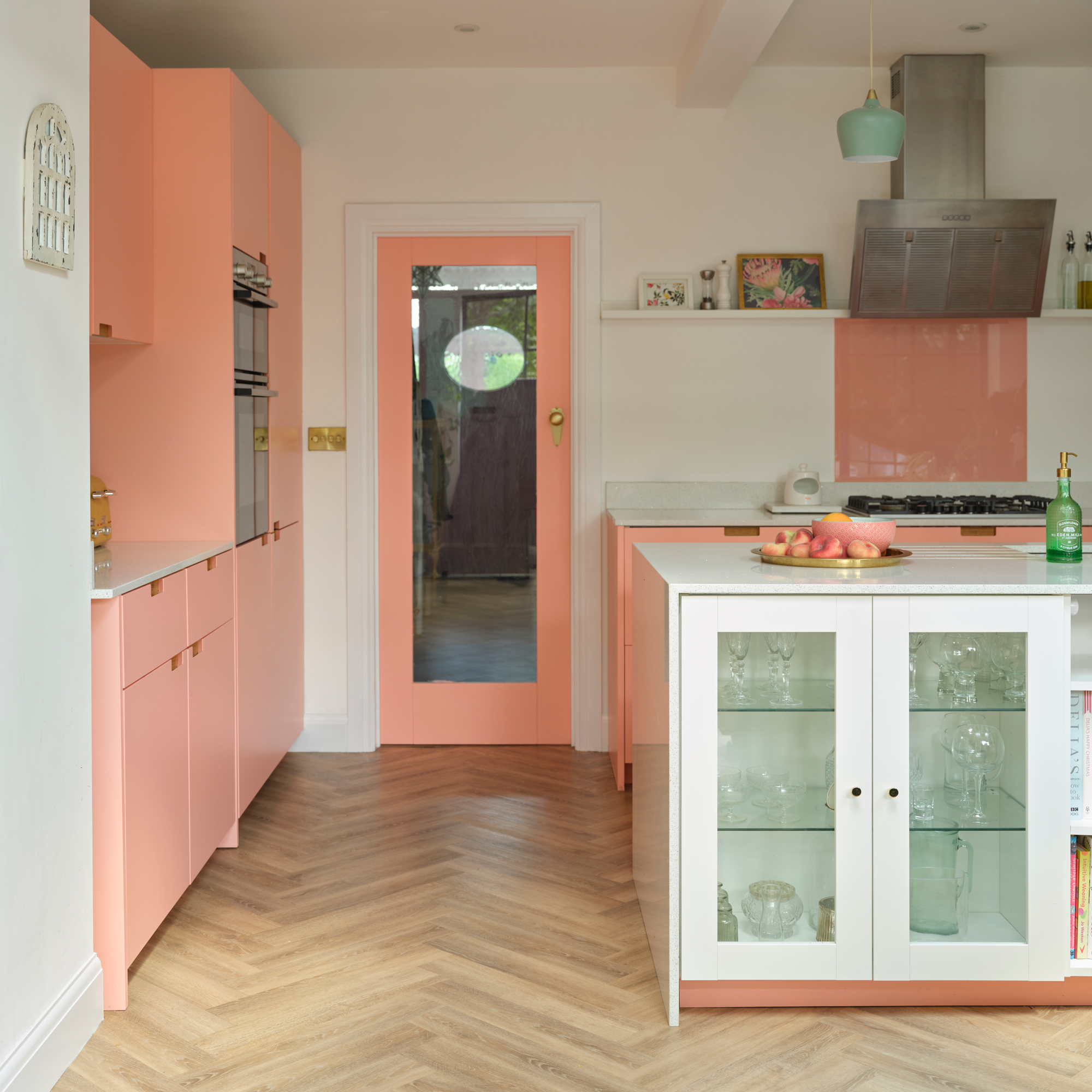
If you're looking to create a two-tone kitchen, it's important to think about whether to go for complimenting tonal colours, like two shades of blue, or whether you want to go for contrasting colours, for example, white and peach- like the homeowner has opted for above.
'Using two complementary colours often brings more depth and interest into a kitchen,' explains Tash. 'Think soft neutral walls, like Lick's White 06, paired with richly toned cabinets and an accent island like Lick's Teal 01 or Blue 07 - tonal layering at its best. Having a lighter colour on your walls and darker colours on your cabinets and island will help to anchor the space, draw your eye upwards and make it feel larger.'
Bailey Williams, colour expert at Earthborn adds, 'When working with a smaller kitchen, opting for lots of brighter colours may seem like a mood-boosting choice, however, they can also make the space appear smaller. Instead, consider opting for a couple of calming neutrals or soft pastels to accentuate the sense of more space and create a serene and focused atmosphere.'
I love the idea of using different shades of the same colour on my kitchen cabinets and walls, and soft, neutral pastels could stop the room from seeming overwhelming, but I'm still drawn to a bit more colour. Perhaps adding a third shade might help?...
The benefits of three colours
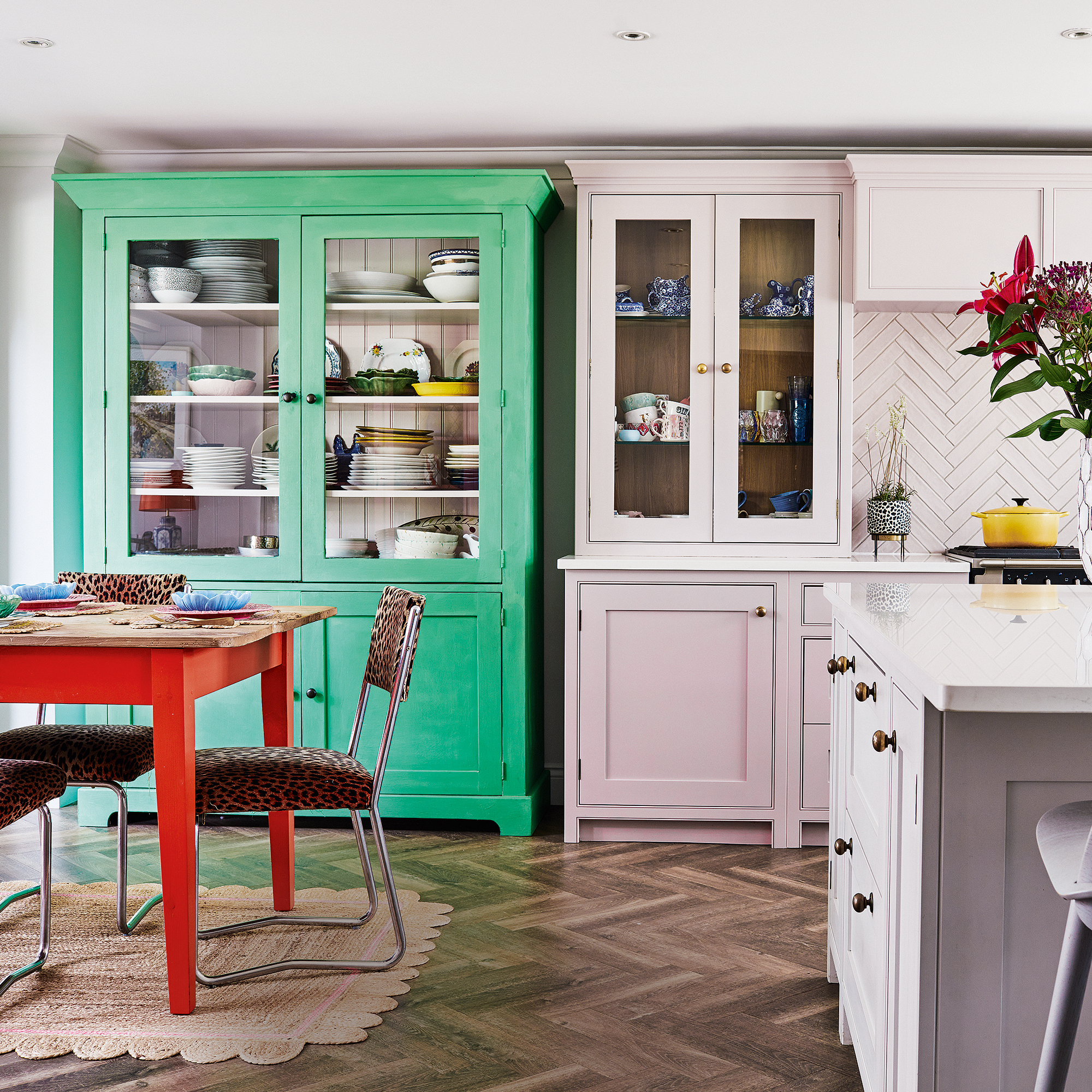
'Three colours is a sweet spot for many of my clients,' comments Tash. 'A grounding base (like darker lower cabinets), a lighter upper section or wall, and one pop of personality. I always suggest following the 60:30:10 rule to get a nice balance.'
Bailey agrees, explaining 'The 60-30-10 rule is a tried and tested way to decide how much of each colour you should aim to use in your design project. Your main hue should take up around 60% of your space, your secondary supporting colour around 30%, and a chosen accent colour for the remaining 10%.'
'One of the best colour combinations for this rule is to use a light neutral for 60% to create an airy space, followed by a darker, warmer neutral for 30% and finishing with a deep taupe accent for the final 10% of the room. This creates a classic, timeless colour palette that will complement most design schemes. By combining the 60-30-10 rule with basic colour theory, you can create a sophisticated and thoughtfully designed space that speaks volumes about your design prowess.'
This is great advice and really gives me some direction when thinking about how to introduce more colour and where in my kitchen.
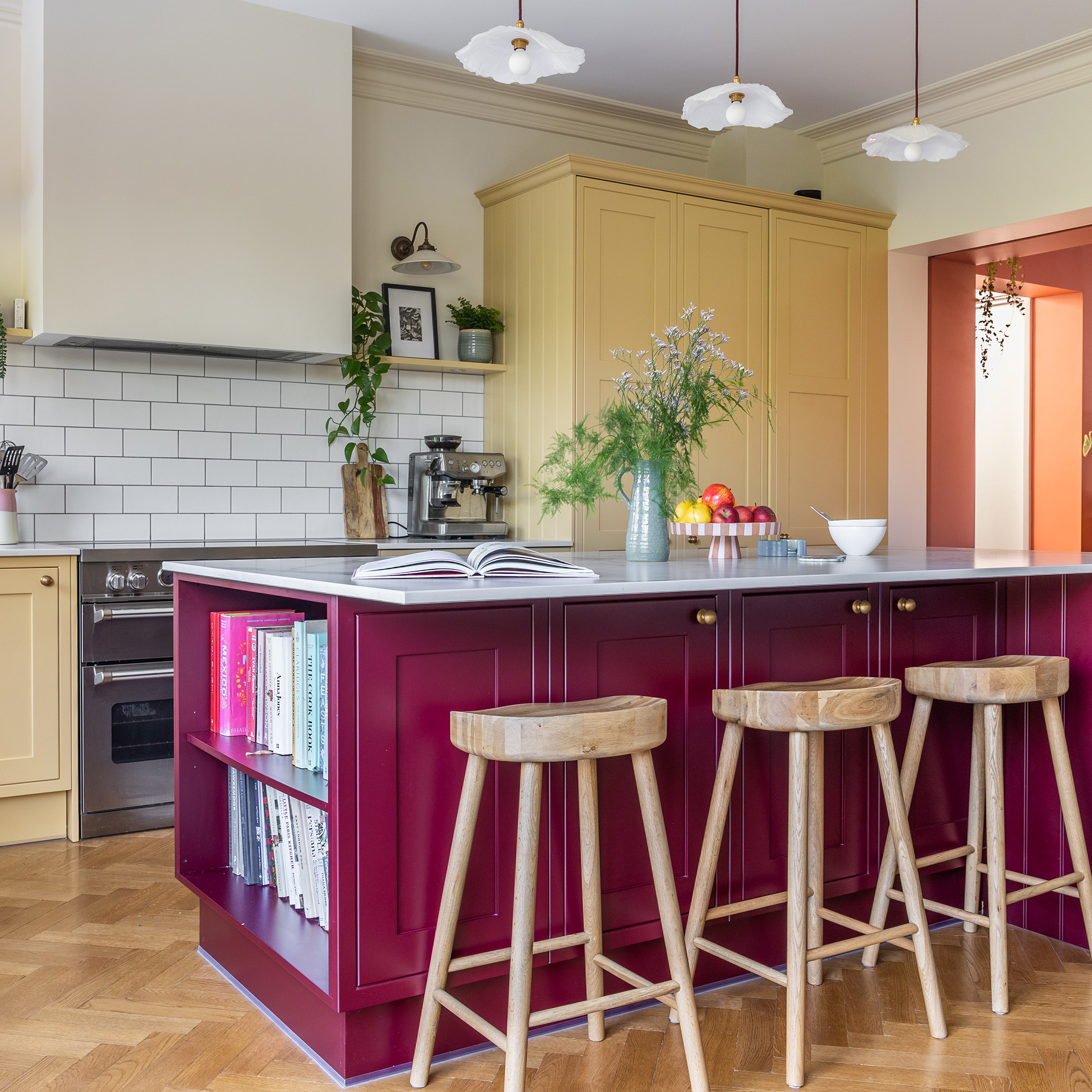
Natasha continues, 'As a kitchen designer, I usually say three colours is the sweet spot - typically made up of the cabinets, walls, and worktops, or by introducing a statement kitchen island with a contrasting finish like wood.'
'A third shade also can help tie everything together, created through kitchen tiles, bar stools, or even the metal finishes of handles, taps and appliances. It’s not about how many colours you use, but how well they work together. Get the balance right, and the kitchen will feel stylish, layered, and well put together.'
Katherine suggests, 'If you’re aiming for a bolder look, don’t be afraid to mix up to three key colours and textures and be braver with choices. This could mean using different cabinet shades – for example, one on the back run, a contrasting hue on the island or alternative texture like a wood or metallic, and a third complementary tone inside a pantry or on a splashback.'
'Layering colours like this adds depth and creates visual interest, especially in spaces that might otherwise go unnoticed. To balance out strong cabinet colours, consider pairing them with a simple, neutral wall shade – such as a white that suits the orientation of the room and enhances the natural light.'
The benefits of four colours (or more!)

So three shades feels pretty harmonious, but what about if you really want to push the boat out and opt for more?
Tash says, 'If you’re feeling confident, four or more can work too - just make sure there’s a clear thread tying them together.'
'Ultimately, your kitchen should reflect you. Whether bold and eclectic or soft and serene, use colour to set the rhythm of your home - because this room carries you through every season.'
Katherine adds, 'It’s worth remembering that colour doesn’t stop at the cabinetry. Styling choices like wooden chopping boards, hanging utensils, or bundles of fresh herbs can introduce texture and warmth. In darker, more colour-drenched kitchens, these natural touches can add life and personality without overwhelming the space.'
So while our experts agree that there is no hard and fast rule when answering how many colours should you include in a kitchen, it feels that 3 is a pretty good balance, meaning there is hope for my lacklustre grey kitchen yet!
How many colours would you choose for your cooking space?
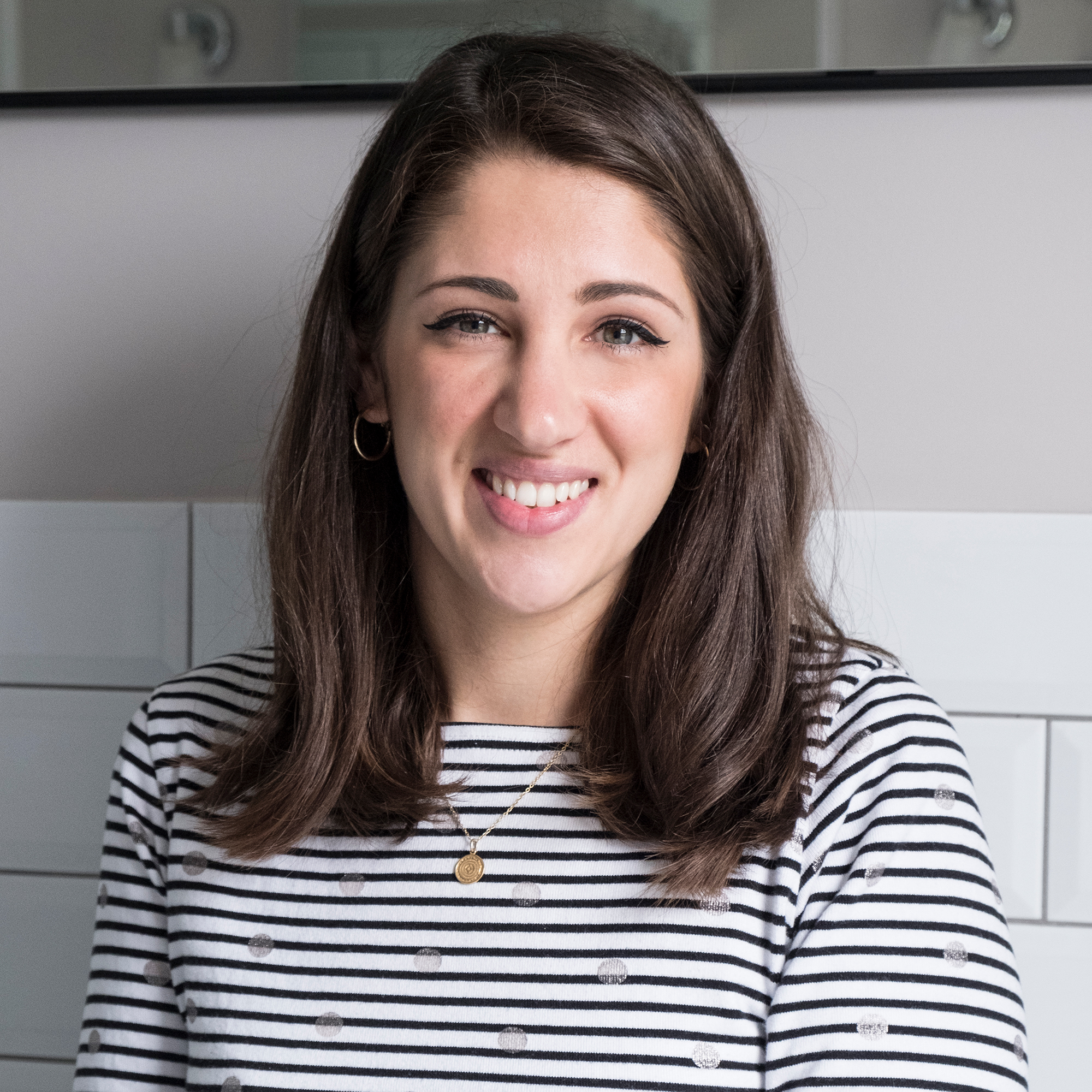
Holly Walsh has been Content Editor at Ideal Home since 2021, but joined the brand back in 2015. With a background of studies in Interior Design, her career in interior journalism was a no-brainer and her passion for decorating homes is still as strong as it ever was. While Holly has written for most of the home titles at Future, including Livingetc, Country Homes & Interiors, Homes and Gardens and Style at Home, Ideal Home has always been her ideal home, and she can be found sharing her expertise and advice across both the printed magazine and the website too.
You must confirm your public display name before commenting
Please logout and then login again, you will then be prompted to enter your display name.